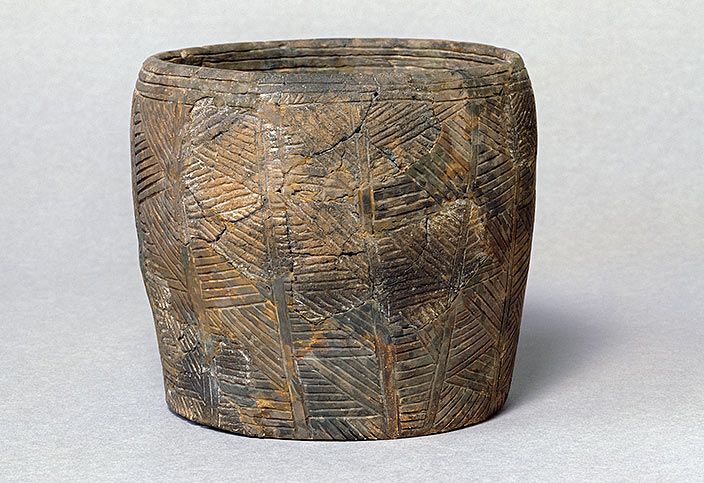Art World
Archaeologists Believe They Have Identified the Unlikely Secret Ingredient Used to Build Stonehenge: Lard
A new study suggests that animal fat found at nearby Durrington Walls wasn't used in cooking, but in construction.
A new study suggests that animal fat found at nearby Durrington Walls wasn't used in cooking, but in construction.
Sarah Cascone

The modern world had long marveled over the ancient site of Stonehenge, unable to figure out how prehistoric people erected the ring of monolithic standing stones. Now, archaeologists have finally solved the mystery of the Neolithic monument’s construction: the massive slabs may have been moved into place with the aid of lard.
Researchers have long known that shards of pottery found at nearby Durrington Walls have contained traces of pig fat. But now archaeologists from Newcastle University are arguing that the lard wasn’t be used in cooking, but was instead being stored in large buckets in order to create tallow, which was used as an aid for construction.
“I was interested in the exceptional level of preservation and high quantities of lipids—or fatty residues—we recovered from the pottery,” Lisa-Marie Shillito, senior lecturer in landscape archaeology at Newcastle University, told the Daily Mail. “The animal bones that have been excavated at the site show that many of the pigs were ‘spit roasted’ rather than chopped up as you would expect if they were being cooked in the pots.”
Shillito’s findings were published today in the journal Antiquity, and are based on the analysis of ceramic Grooved Ware pottery.

This Grooved Ware pot from Durrington Walls may have been used to store lard used to aid the construction of Stonehenge. Photo courtesy of Lisa-Marie Shillito.
One of the most widely accepted Stonehenge theories is that the monoliths were moved overland using a sled system, which would have seen about 20 people place each stone on a sled and slide them over logs.
The people who built Stonehenge could have used tallow to grease the tracks on the sled system, the animal fat acting as a lubricant to reduce friction and make it easier to transport the site’s heavy stones, which measure up to 26 feet tall and collectively weigh some 30 tons. The megaliths are thought to have come from the Preseli Hills in present-day Wales, about 140 miles away.